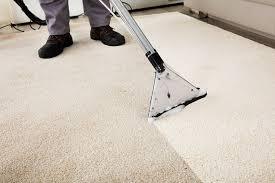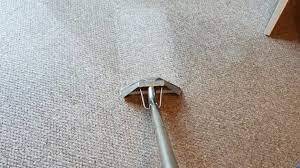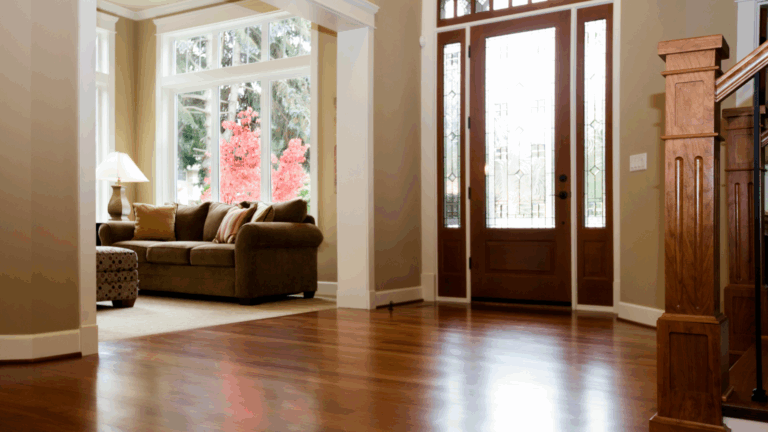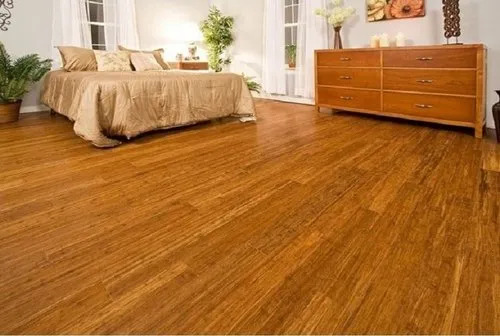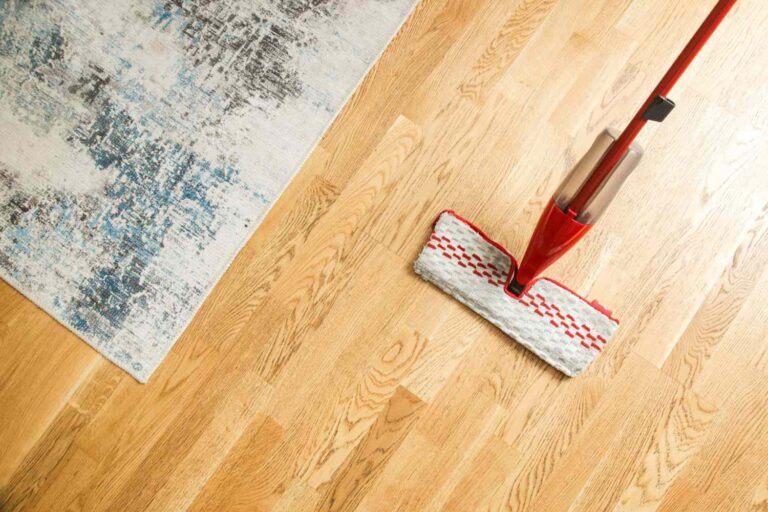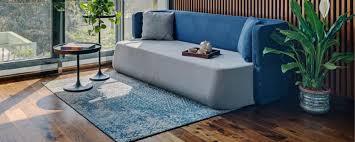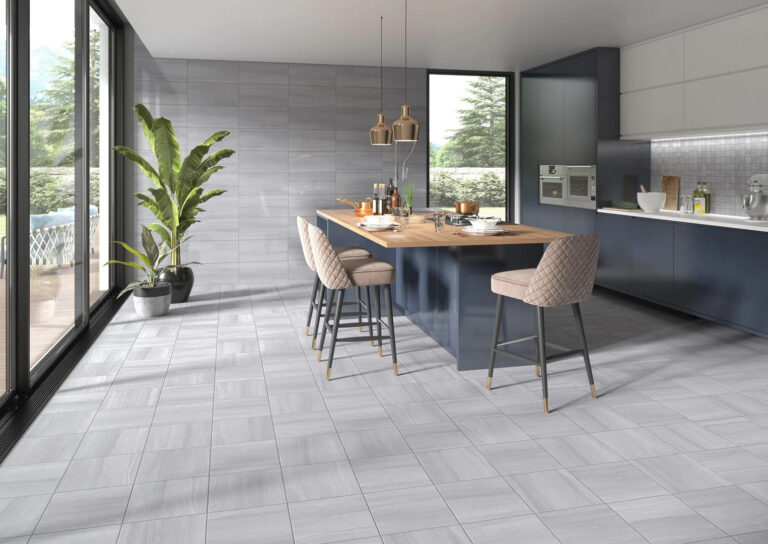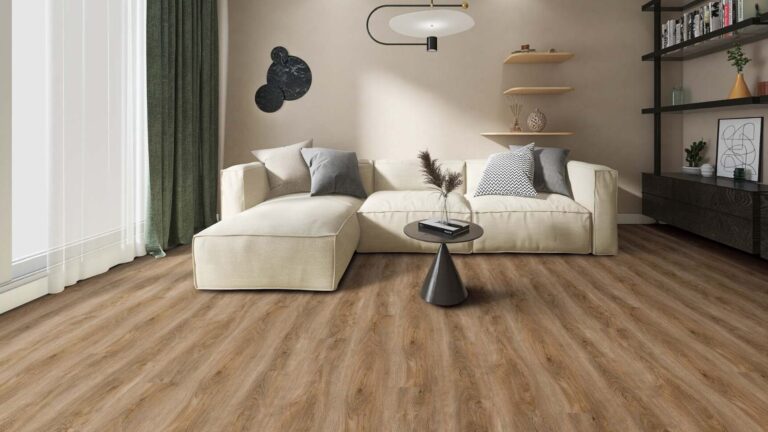High-traffic areas in your home and office bear the brunt of daily foot traffic, spills, and general wear that can quickly transform beautiful carpeting into worn, stained, and odorous flooring. These zones typically including entryways, hallways, living rooms, and office corridors demand targeted carpet cleaning strategies that go far beyond routine vacuuming to restore and maintain their appearance.
Understanding how to effectively clean and maintain high-traffic carpet zones is essential for preserving your flooring investment, maintaining a healthy indoor environment, and keeping your spaces looking professional and welcoming. This comprehensive guide will walk you through everything you need to know about tackling the unique challenges these areas present.
According to EPA, Regular carpet maintenance is not just about appearance, it also plays a vital role in indoor air quality
Common Issues in High-Traffic Carpet Areas
Soil and Dirt Accumulation
High-traffic areas act as magnets for outdoor soil, sand, and debris tracked in on shoes and paws. This abrasive material doesn’t just sit on the surface, it works its way deep into carpet fibers with each footstep, creating a grinding action that damages the carpet structure over time.
- Ground-in Soil becomes the primary concern when regular foot traffic pushes dirt particles deep into the carpet pile, where standard vacuuming cannot reach. This embedded soil creates a gritty texture and dulls the carpet’s appearance, making colors look muddy and lifeless.
- Filtration Soiling occurs in areas where air flows under doors or around furniture, often developing dark lines of soil accumulation. This happens because the carpet acts as a filter, trapping airborne particles as air passes through the fibers.
- Tracking Patterns develop visible pathways where people consistently walk, creating obvious wear patterns that become increasingly difficult to clean and restore.
Staining and Discoloration
Beyond everyday soil, high-traffic areas are prone to various types of stains that can permanently alter carpet appearance. Food and beverage spills, including coffee, wine, and juice, are common culprits that can leave permanent stains if not treated promptly. Oil and grease transfer from cooking oils, automotive fluids, and natural skin oils create stubborn stains that attract additional soil over time.
Premature Wear and Matting
Constant foot traffic takes a physical toll on carpet fibers, leading to fiber crushing where repeated compression causes carpet fibers to lose their resilience and lie flat. This creates permanent matting that cannot be restored through cleaning alone. High-quality carpets may also develop pile distortion, where fibers lean in different directions, creating an uneven appearance.
Odor Development
High-traffic areas are particularly susceptible to odor problems due to moisture retention from spills and tracked-in moisture that becomes trapped in carpet padding. Organic material breakdown from food particles and other materials creates persistent odors, while chemical buildup from cleaning products can accumulate and create unexpected smells.
Choosing the Right Carpet Cleaning Solutions
Selecting the appropriate carpet cleaning solution is crucial for effective cleaning without damaging your carpet investment. Here’s what you need to know:
- Know Your Carpet Type: Different carpet materials wool, nylon, polyester, and others react differently to cleaning solutions. Always check the manufacturer’s recommendations before applying any cleaning product.
- Match the Cleaner to the Stain: Use targeted products for specific problems. Enzyme-based cleaners work best for pet stains, while oxygen-based solutions effectively tackle wine and coffee spills.
- Opt for pH-Balanced Solutions: Neutral pH cleaners are safe for most carpets and won’t strip color or damage fibers. These solutions provide effective cleaning while maintaining carpet integrity.
- Prioritize Safe Ingredients: Look for non-toxic, biodegradable, or eco-friendly products, especially important in homes with children or pets. Avoid harsh chemicals like bleach or ammonia-based cleaners that can damage or discolor carpet fibers.
- Consider Quick-Drying Formulas: Fast-drying cleaners reduce moisture risk and help prevent mold or mildew growth in carpet padding, particularly important in high-humidity environments.
- Always Spot Test First: Test any cleaner in a hidden area to ensure it doesn’t fade or damage your carpet. This simple step can prevent costly mistakes.
Effective Cleaning Methods for High-Traffic Carpets
Professional Steam Cleaning (Hot Water Extraction)
Steam cleaning represents the gold standard for deep carpet cleaning in high-traffic areas. This method injects hot water mixed with cleaning solution deep into carpet fibers, then immediately extracts it along with loosened dirt and debris. The high temperature and powerful suction remove embedded soil that regular vacuuming cannot reach.
This method is particularly effective for homes with pets, children, or heavy foot traffic. Professional-grade equipment provides superior results compared to rental units, with faster drying times and more thorough soil removal.
Encapsulation Cleaning
A newer, low-moisture method where polymer solutions are sprayed onto the carpet, binding to dirt particles. Once dried, the crystallized dirt is easily vacuumed away. This method is excellent for commercial spaces or areas that cannot afford extended downtime.
Encapsulation cleaning offers several advantages: minimal moisture reduces drying time, the protective polymer coating helps resist future soiling, and the method is environmentally friendly with no harsh chemicals.
Dry Carpet Cleaning
Perfect for areas requiring immediate use, dry cleaning uses minimal moisture through powdered or foam cleaners. The cleaning agent is applied, allowed to absorb soil, then vacuumed out. This method provides quick results with minimal disruption to daily activities.
Spot Cleaning Techniques
Immediate response to spills and stains prevents permanent damage. Use appropriate carpet-safe cleaners or DIY solutions like white vinegar and water. Always blot, never rub, to avoid pushing stains deeper into carpet fibers.
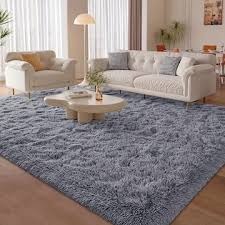
Professional vs. DIY Carpet Cleaning
| Aspect | Professional Cleaning | DIY Cleaning |
| Effectiveness | Deep cleaning with industrial equipment | Suitable for light to moderate cleaning |
| Cost | Higher upfront cost but comprehensive results | Budget-friendly for routine maintenance |
| Time Investment | Quick and efficient, typically 2–4 hours | Time-consuming, especially for large areas |
| Expertise | Trained technicians assess carpet and use appropriate methods | Requires learning proper techniques |
| Equipment | Professional-grade steam cleaners and extractors | Basic household tools and rental equipment |
| Best For | Heavy soiling, large areas, annual deep cleaning | Regular maintenance, small stains, spot treatments |
Maintenance Schedule for High-Traffic Carpets
Consistent maintenance preserves carpet appearance and extends its lifespan. Follow this proven schedule:
Daily to Weekly:
- Vacuum high-traffic areas 2-3 times per week using a vacuum with rotating brush
- Address spills immediately with appropriate spot cleaning techniques
- Use walk-off mats at entrances to reduce tracked-in soil
Monthly:
- Deep vacuum with slower passes to remove embedded dirt
- Treat any emerging stains with targeted cleaning solutions
- Rotate furniture to distribute wear patterns
Every 6-12 Months:
- Professional steam cleaning or hot water extraction
- Deep soil removal and sanitization
- Fiber restoration and protection treatment
Annual Professional Assessment:
- Comprehensive cleaning by certified professionals
- Carpet condition evaluation
- Protective treatment application
Troubleshooting Common High-Traffic Carpet Problems
Persistent Odors
Odor problems in high-traffic areas often stem from moisture trapped in carpet padding. Address this by ensuring thorough drying after cleaning, using enzyme-based cleaners for organic odors, and considering professional odor elimination treatments for severe cases.
Rapid Re-Soiling
If carpets appear dirty shortly after cleaning, residue from cleaning products may be attracting new soil. Use rinse-free cleaners or ensure thorough rinsing after treatment. Consider professional cleaning to remove accumulated residue.
Matting and Crushing
Prevent fiber crushing by using furniture pads, rotating traffic patterns when possible, and professional grooming during cleaning services. Some matting may be permanent, but regular maintenance can minimize its appearance.
Contact ((502) 794-2620) at Allison’s Flooring Installation for Flooring Installation today or get a free quote and personalized service!
